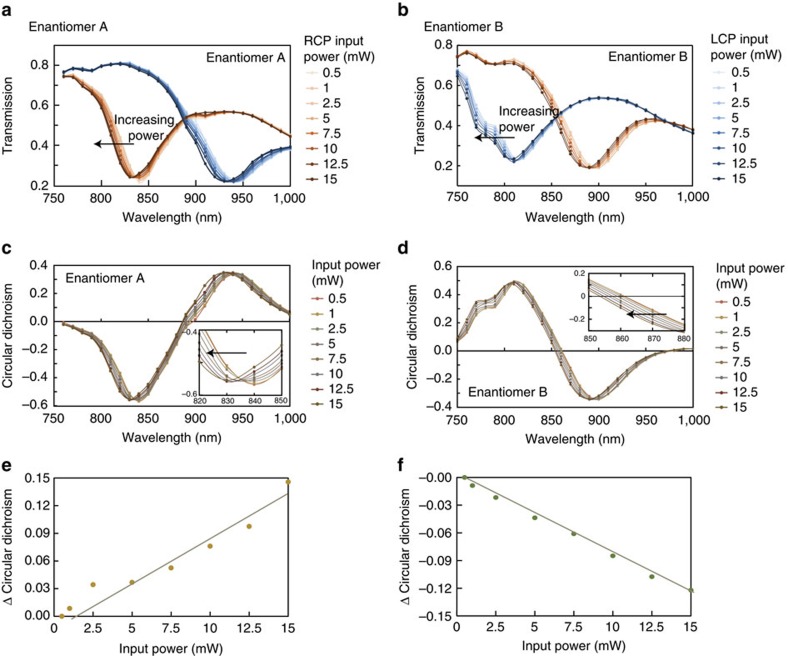Figure 4. Intensity-dependent circular dichroism.
(a,b) Transmission spectra of enantiomers A and B when subjected to varied intensities of right and left circularly polarized light. As incident intensities are increased, the spectra of the resonances are blue shifted. This follows that the cross points and resonance dips are also shifted, implying that the corresponding optical rotation at higher intensities will also be effected. (c,d) Circular dichroic response of enantiomers A and B as a function of input intensity. The spectral shift for the resonance is ∼10 nm for the two enantiomers as shown in the inset of c,d, where the arrows show an increase in power. (e,f) Change in circular dichroism as a function of input power for the two enantiomers. The solid line acts as a guide for the eye. A change in circular dichroism of ∼0.14 is demonstrated for a difference in power of 14.5 mW. Average excitation power of 1 mW corresponds to a peak intensity of 6 × 107 W cm−2.

